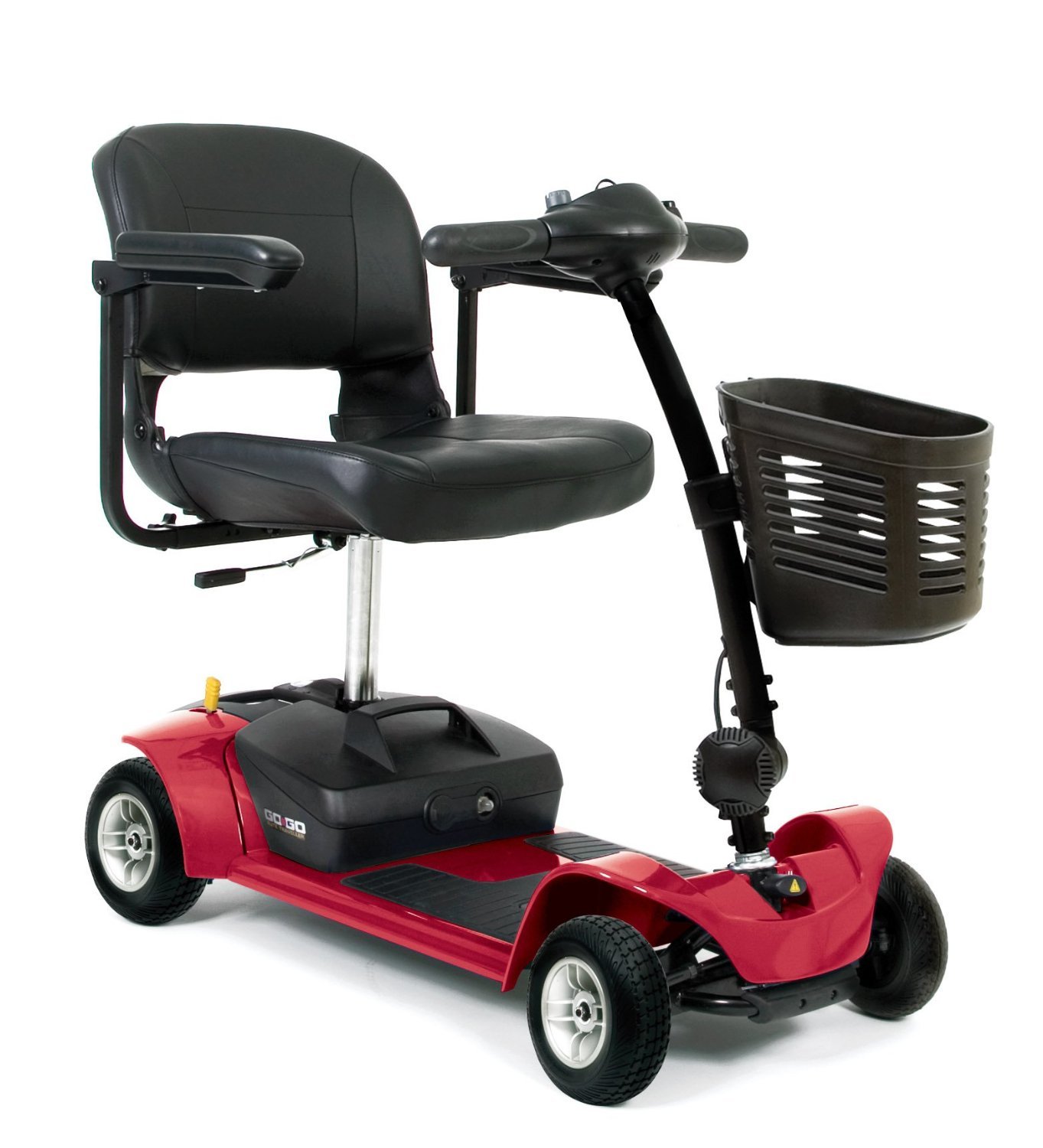The development and use of mobility scooters are subject to regulations that aim to ensure safety, accessibility and environmental responsibility. As technology advances and the demand for mobility solutions grows, upcoming regulations are expected to address several key areas that will influence the future of mobility scooters. Here is an overview of potential regulatory developments in the UK.
Safety Standards
- Enhanced Safety Features: The UK government may introduce stricter safety standards for mobility scooters, requiring manufacturers to incorporate advanced safety features. This could include improved braking systems, stability controls and comprehensive lighting to enhance visibility and safety, particularly in low-light conditions.
- Testing and Certification: New regulations might mandate more rigorous testing and certification processes to ensure that mobility scooters meet high safety and performance standards. This could involve standardised assessments for durability, stability and crashworthiness, ensuring that all models on the market provide a safe experience for users.
Accessibility and Inclusivity
- Design Guidelines: Regulations may focus on ensuring that mobility scooters are designed to be accessible and inclusive for users with diverse needs. This could involve guidelines for adjustable seating, controls and other ergonomic features to accommodate a wide range of physical abilities, ensuring that scooters are user-friendly for all individuals.
- Public infrastructure: The UK government may introduce regulations to improve public infrastructure, making it more accommodating for users of mobility scooters. This could include the development of dedicated lanes, accessible pathways and charging stations, facilitating easier and safer navigation in urban environments.
Environmental Regulations
- Emissions and Energy Efficiency: As part of efforts to reduce environmental impact, regulations may target the emissions and energy efficiency of mobility scooters. This could involve incentives for manufacturers to adopt cleaner technologies, such as sustainable battery solutions, in line with the UK’s broader environmental goals.
- Recycling and Disposal: Regulations may also address the recycling and disposal of mobility scooter components, especially batteries, to minimise environmental harm. This could involve requirements for manufacturers to implement return initiatives and use recyclable materials, promoting sustainability in the industry.
Technological Integration
- Data Privacy and Security: With the increasing integration of smart technologies and connectivity features in mobility scooters, UK regulations will likely focus on data privacy and security. This could involve guidelines for protecting user data and ensuring secure communication between devices, safeguarding users’ personal information.
- Interoperability Standards: To facilitate the integration of mobility scooters into smart city infrastructure, regulations may establish interoperability standards. This would ensure that scooters can communicate effectively with other transportation systems and urban infrastructure, enhancing their utility and convenience.
Usage and Licensing
- Age and Licensing Requirements: Regulations may address age and licensing requirements for mobility scooter users, especially as scooters become more powerful and capable of higher speeds. This could involve setting minimum age limits and require users to pass safety courses, ensuring that individuals are sufficiently prepared to operate their scooters safely.
- Speed and Usage Restrictions: To ensure safety in public spaces, regulations may impose speed limits and usage restrictions for mobility scooters. This may involve designated areas where scooters can be used and restrictions on their use in pedestrian-heavy areas.
Overall, upcoming UK regulations affecting the development of mobility scooters are likely to focus on enhancing safety, accessibility, environmental sustainability and technological integration. These regulations will play a key role in shaping the future of mobility scooters, ensuring that they meet the needs of users while addressing wider societal and environmental concerns. As these regulations evolve, manufacturers and users alike will need to adapt to new standards and requirements, ultimately leading to safer, more efficient and more inclusive mobility solutions.
